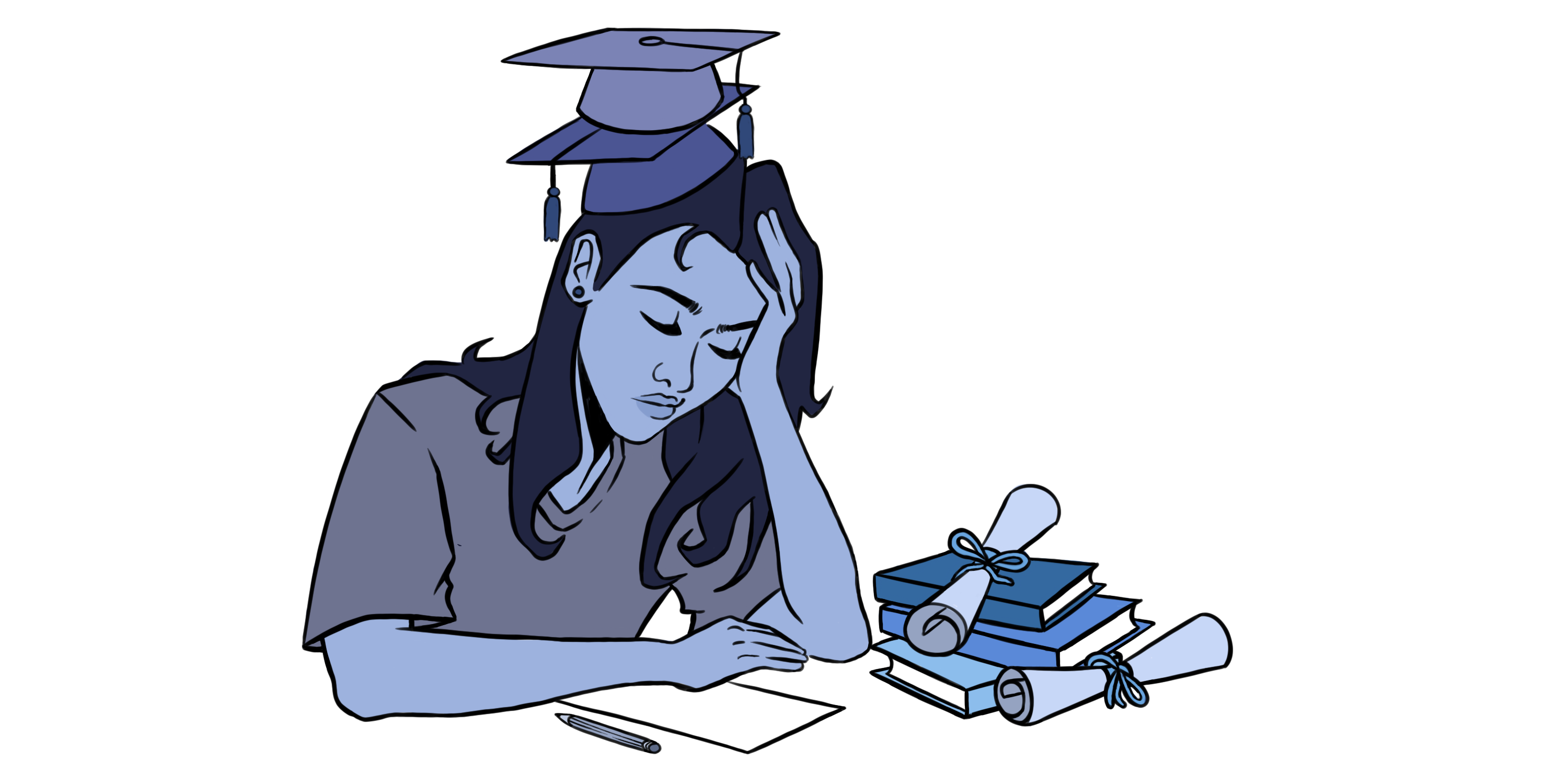In Between The Lines the Untold Story of Dual Enrollment Students
Gallery

Dual enrollment, offered nationwide through partnerships between colleges and high schools, allows students to take college-level courses while remaining enrolled in high school. As more students choose to complete college credits before graduation, the program challenges their capabilities and exposes them to a higher level of education they wouldn’t have received otherwise.
For many, this places them in both academic environments, causing them to split their time between two institutions and forms of study to navigate their way between that “middle ground.”
This navigation requires a critical period of adjustment during which students notice the shift in differing environments. “College in general gave me a new perspective of education since college classes are so much more different than high school classes,” said Mahdi Alsultani, a dual enrollment student at Henry Ford College. “From the way things are graded to the way professors teach, it really exposed me to a higher level of education I never would have received in high school.”
Along with their identification of differing educational expectations, dual enrollment plays a big part in self-development and sense of identity. Students can expand their knowledge and thrive in more challenging environments, building their confidence. This is highlighted by Dana Osseili, another dual enrollment student at Henry Ford College, “You’re not being spoon-fed the material in college like we are in high school, since they expect you to be more mature and responsible. From this, I’ve learned to be able to trust myself and be more self-reliant.”
Additionally, many students feel that this exposure prepares them for the transition required for the next stage of their lives. “Academically, this kind of exposure to a higher level of education prepares me for what’s coming up when I head to university,” said Alsultani. “From there, I am able to trust my capabilities, knowing I’m able to thrive.”
Furthermore, the added responsibilities and pressure of college coursework can be overwhelming and cause students to develop personalized routines for staying balanced and maintaining their responsibilities. “Emotionally, there’s a lot of stress that comes with it, and you need to find ways to balance that stress and relieve it since you don’t have much time,” said Osseili. “After all, there are only a few hours a day after school where you can really work on your classes.”
Alsultani adds, “The main method I used to keep that balance was to focus on one class at a time, since if you juggle multiple things simultaneously, you begin to panic. This was just a way for me to keep it together and build my time management effectively.”
Across countless schedules, teaching styles, and levels of independence, dual enrollment students must learn to navigate between two academic institutions simultaneously. Although each student chooses to navigate this experience in their own ways, many say that this experience strengthens their self-confidence, work ethic, and readiness for higher education; a preparation only formed by the space between the lines.
